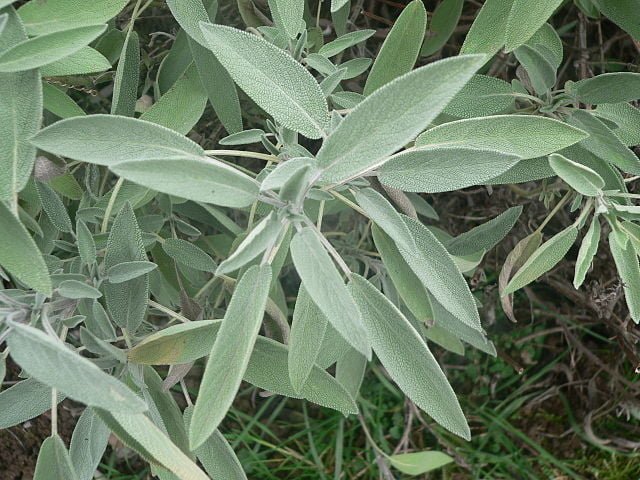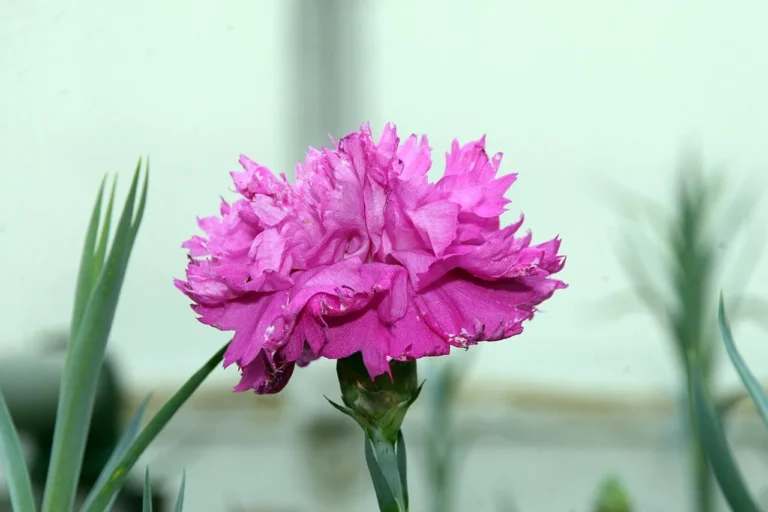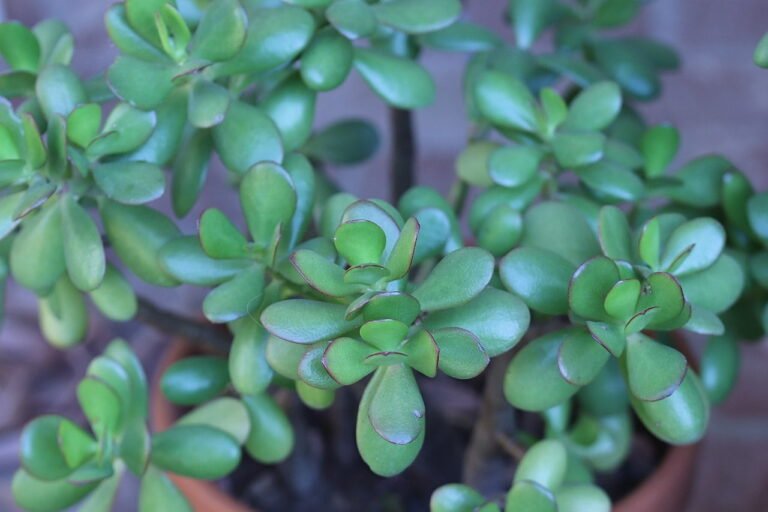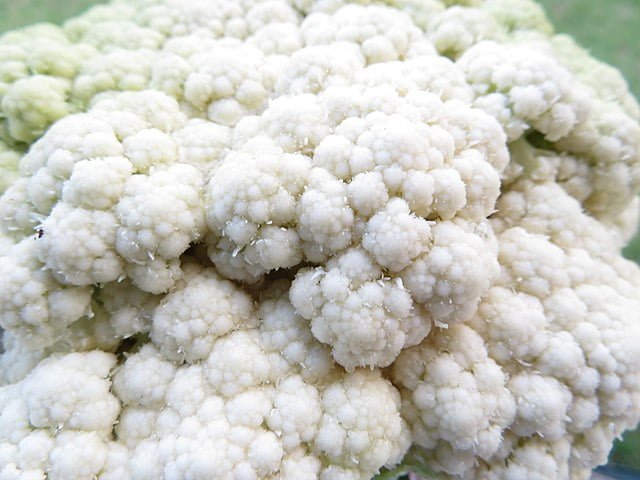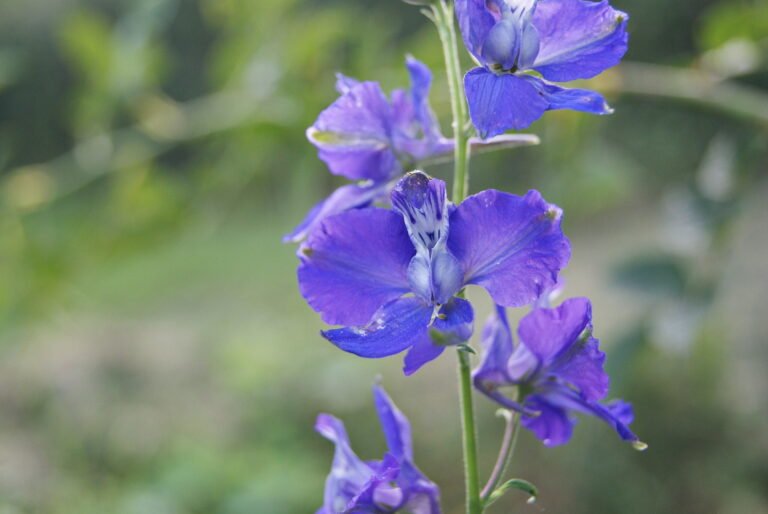Growing Sage: A Guide to Cultivating a Flavorful Herb
Sage is a beloved herb known for its robust flavour and aromatic foliage. Whether you want to enhance your culinary creations or enjoy the beauty of its foliage in your garden, growing sage is a rewarding experience. This guide will provide you with simple steps to successfully cultivate sage and enjoy its rich flavours.
Selecting the Right Sage Variety
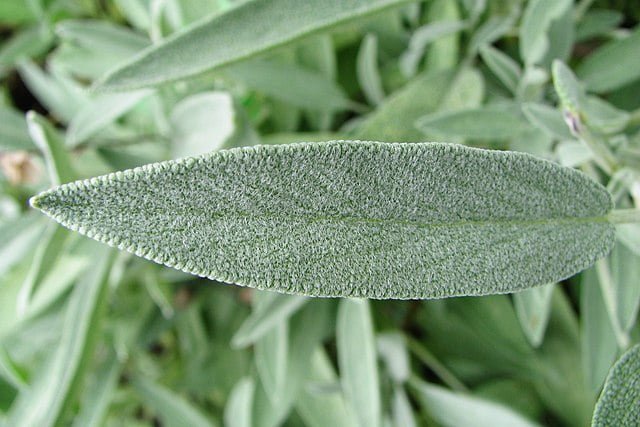
There are several sage varieties to choose from, each offering unique flavours and growth habits. Common sage (Salvia officinalis) is the most widely used variety and has a strong, earthy flavour. Purple sage (Salvia officinalis ‘Purpurea’) adds a pop of colour with its purple foliage. Pineapple sage (Salvia elegans) has a fruity scent reminiscent of pineapple. Select a variety that suits your taste preferences and growing conditions.
Choosing the Planting Location
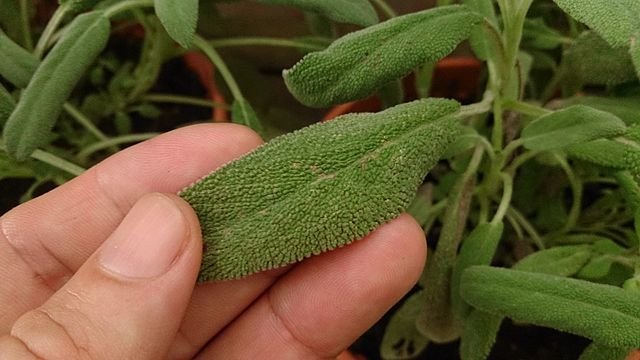
Sage thrives in full sun, so choose a location in your garden that receives at least 6-8 hours of direct sunlight daily. Ensure the soil is well-draining, as sage prefers drier conditions. If your soil tends to retain moisture, consider adding organic matter like compost to improve drainage.
Planting Sage
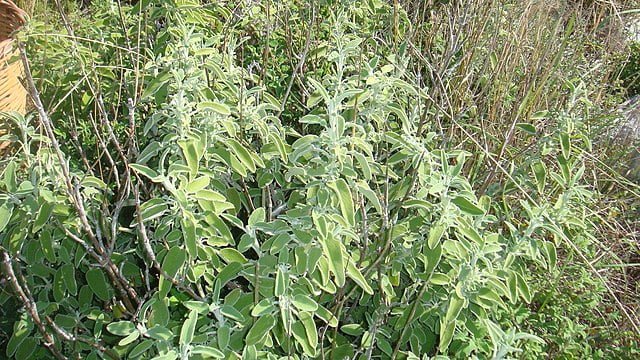
Plant sage in the spring after the last frost or in the fall, giving it enough time to establish its roots before extreme temperatures. Dig a hole slightly larger than the root ball of the sage plant. Place the plant in the hole, ensuring the top of the root ball is level with the soil surface. Backfill the hole with soil, gently firming it around the plant. Space multiple plants about 18-24 inches apart to allow for proper airflow and growth.
Watering and Care

Sage is a drought-tolerant herb once established, so it requires minimal watering. Water newly planted sage regularly to help it establish its roots. Once established, water sparingly, allowing the soil to dry out between watering sessions. Sage prefers drier conditions, so overwatering can lead to root rot. It’s best to water at the base of the plant to avoid wetting the foliage.
Pruning and Maintenance
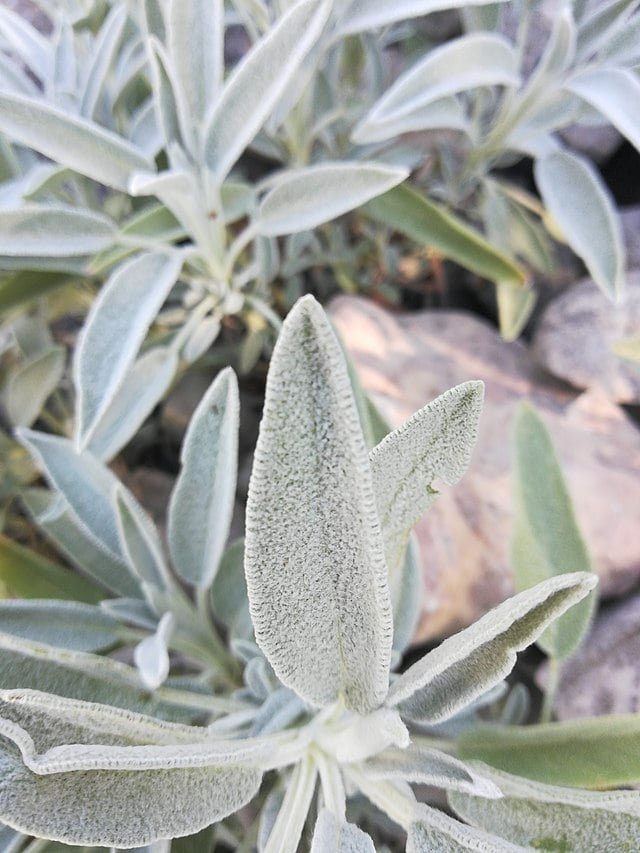
Pruning sage helps maintain its shape and promotes healthy growth. Trim the plant lightly after flowering to encourage bushiness. Regular harvesting of sage leaves not only keeps the plant tidy but also stimulates new growth. Pinch off the leaves as needed, starting from the top of the stems.
Harvesting and Enjoying
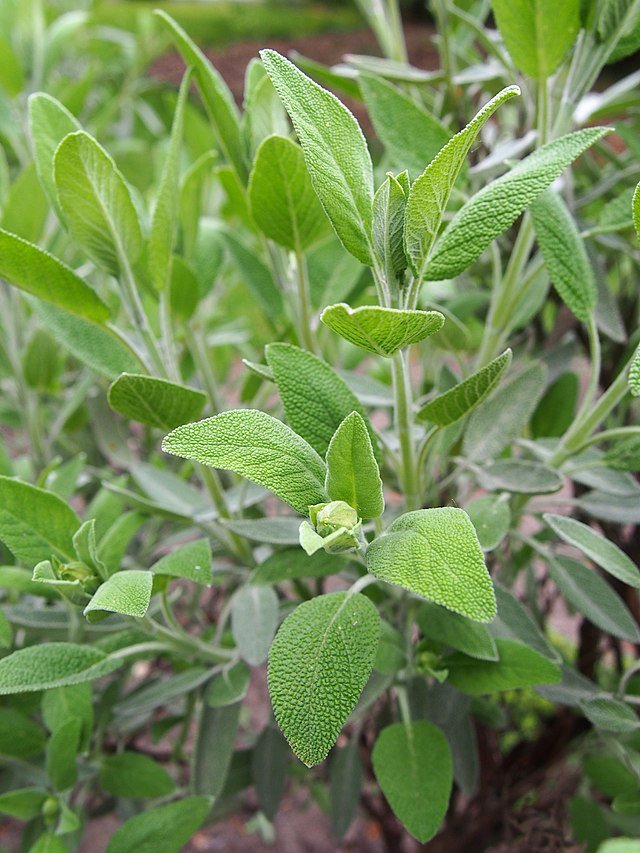
Sage leaves can be harvested at any time once the plant is established. Snip the stems just above the leaf nodes, leaving some growth behind. Use the fresh leaves in a variety of culinary dishes, such as stuffing, roasted meats, soups, and sauces. Sage leaves can also be dried by hanging small bunches upside down in a cool, well-ventilated area. Once dry, store the leaves in airtight containers for future use.
With its distinct flavour and delightful scent, sage is a wonderful herb to grow in your garden. Follow these simple steps to cultivate and care for your sage plants, and you’ll have a fresh supply of this flavourful herb to enhance your culinary creations.

